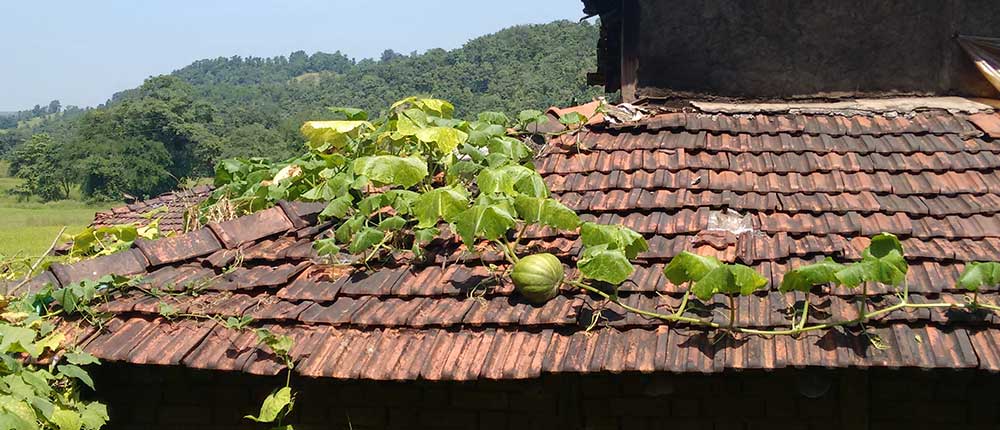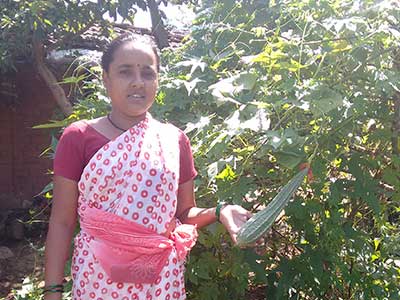Against severe malnutrition in Maharashtra, TERI's model is making communities "food and nutrition sufficient" using local resources

On September 13th, 2017, the Maharashtra government put on hold its plans to supply ready-to-use therapeutic food products to severely malnourished children in rural government-run crèches called anganwadis. The critics of therapeutic food are of the opinion that it is a temporary curative measure or a replacement of the take-home food supply and is not a sustainable solution for improving food availability and dietary diversity.
The state governments spend crores of rupees for the supply of nutritious food material to the malnourished children. It is estimated that in Maharashtra there are around 85,000 severely malnourished children who would require immediate attention and supplies.

Given the severity of malnutrition in the state of Maharshtra, The Energy and Resources Institute (TERI), a research institute, through its regional centre at Mumbai introduced a practical, sustainable model which would have replication potential across the country. The model emphasizes upon making the local communities “food and nutrition sufficient” using their own local resources. This approach relies on these simple steps of 1) determining the baseline of nutrition status, 2) local resource assessment, 3) enriching the traditional dietary plan using nutrition rich ingredients through novel approaches of food fortification, 4) sensitizing the community about the diet, deficiencies and implications of ignorance about food quality and nutrition, 5) encouraging frequent integration of wild edibles, traditional local grains, corms, tubers and mushrooms in daily diet and finally 6) Building capacity of women and youth to take up food and nutrition related livelihood options.
In Palghar district of Maharashtra, which of late has been severely affected by malnutrition, this approach has yielded positive results. Being a water scarce region, low-cost grey water treatment systems were used to provide irrigation water, which in turn helped the villagers to grow nutrigardens right in their backyard - in other words, a diverse range of fruits and vegetables packed with nutrition and ready to be consumed by the affected population.
An additional step by way of involving a women's self-help group ensured further integration of this nutrition into a holistic diet of the entire family. The self-help group prepared a special kind of Khakra, fortified with dried spinach and mushroom which provide necessary iron and proteins in the daily diet. The product was immensely popular among children as soon as it was introduced. The women are now trying to promote this product both locally and commercially, in order to supplement their income from this enterprise.

Of the 900 children targeted in this pilot programme, 68% of Severe Acute Malnutrition (SAM) children were restored to normal category within three months. 32% children moved up from SAM to Moderate Acute Malnutrition (MAM).
Such unique approaches, are also sustainable, as they require limited external support in the form of funding. The activity also demonstrated the faith of the villagers in primary health care centres, anganwadis as well as local entrepreneurs. What needs to be done probably is to see how existing government programmes can be oriented to act as effective facilitators.
Moreover, if healthy food is cooked at home using locally grown ingredients, the entire family enjoys the benefits instead of a single targeted individual getting the supplies, which are not effectively utilized. Consuming the wholesome freshly cooked meal with family inculcates healthy food habits which last a life time, as against temporary add-on nutrition concentrates.
Malnutrition can be successfully managed by making vulnerable communities aware of the nutrients they need and empowering them to source them locally, which make them self-reliant, providing a better quality of life at the same time.

